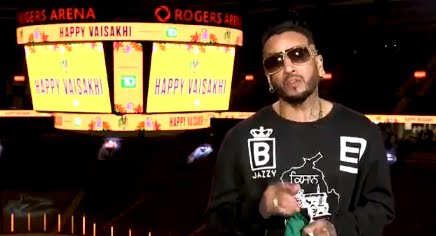Angles that will enhance your camera shots
Advanced camera shots are those that suggest camera angle and placement rather than size and spatial awareness, and are often used to influence the mood or plot of the film.
- High-Angle
A high-angle shot is a cinematography technique where the camera points down on the subject from above. This type of shot is used to make the subject or object below seem vulnerable, powerless, or weak. This camera angle is most commonly used in horror movies to indicate a sense of entitlement the camera has over the subject below. Other messages a high angle can convey include: danger, depression, and shock. When using a high angle shot this causes the audience to have a subjective camera view by asserting themselves to have the viewpoint of the person in ‘power’.

- Low-Angle
A low-angle shot is when the camera is positioned low on the vertical axis, below the level of the eyeline, and looks up at an object or subject above. This camera angle evokes a psychological effect by making the subject above, which the camera is angled at, look strong and powerful.
- Over the Shoulder
The over the shoulder shot, is most commonly used in film when two or more characters are talking to each other in conversation. This type of shot is used to establish eyeline of where each character in the scene is looking, and is most commonly framed through a medium or close-up shot. This type of shot can also be used to indicate to the viewer that a specific character in the film sees something that the other characters might not yet see - Bird’s Eye
The bird’s eye view shot, or an aerial view shot, is when the camera is located up above, overhead, capturing the action going on below. In today’s day and age, these types of shots are most commonly captured with a drone in order to be able to get the full view of what is happening down below. In various different types of cinematic works, bird’s eye shots are used as establishing shots to give context of where the setting of the film is, in addition to being used as transition shots to show what exactly is going on in a setting from an aerial view.

- The Dutch angle/tilt is more of a stylistic approach to cinematography. In order to execute this, you must tilt your camera to one side, which results in a frame that is not level. This type of camera angle is used mostly to create a dramatic effect within a film and can evoke a series of different emotions. The Dutch angle can heighten psychological distress and tension, which in turn, creates a cinematic environment that creates suspense and a sense of thrill. Additionally, filming a scene in this angle can make your audience feel disoriented, uneasy, and sometimes even a sense of drunkenness.
Source













Leave a Comment
Your email address will not be published. Required fields are marked with *